Search Images
Browse Content (p. 246)

Image
Leo Lesquereux
Leo Lesquereux, 19th-century paleobotanist, image by an unknown artist, published in Popular Science Monthly April 1887.
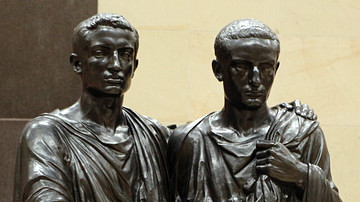
Image
The Gracchi
The Gracchi, sculpture by Jean-Baptiste Claude Eugène Guillaume, 19th century.
Musée d'Orsay, Paris.
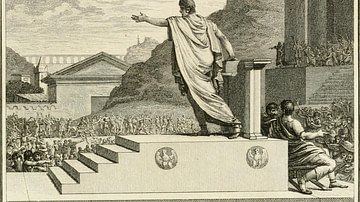
Image
Gaius Gracchus
Gaius Gracchus, tribune of the plebs, image by Silvestre David Mirys, plate 127 in the Figures de l'histoire de la république romaine accompagnées d'un précis historique, 1799.
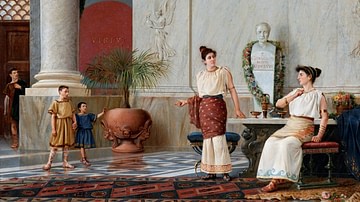
Image
Cornelia, the Mother of the Gracchi Brothers
Cornelia, the mother of the Gracchi brothers, oil on canvas by Umberto Ruini, 1892.
Civic Museum of Modena.
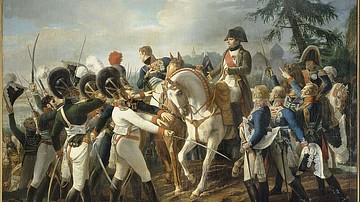
Image
Battle of Abensberg, 20 April 1809
Emperor Napoleon I reviews Bavarian and Württemberger troops during the Battle of Abensberg, part of the War of the Fifth Coalition (1809). Painting by Jean-Baptiste Debret, 1810.
Palace of Versailles.
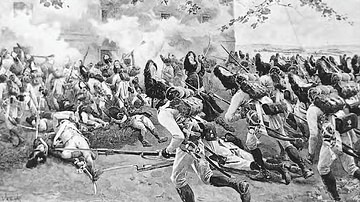
Image
Austrian Grenadiers Storm Essling
Austrian grenadiers storm the village of Essling on 22 May, during the Battle of Aspern-Essling. Print by Felician Myrbach, 1906.
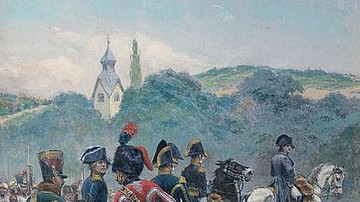
Image
Napoleon Crossing the Bridge to Lobau Island
Napoleon crossing the bridge to Lobau Island during the War of the Fifth Coalition, 1809, oil paint on wood, by Richard Caton Woodville, Jr, 1912.
Tate, London.
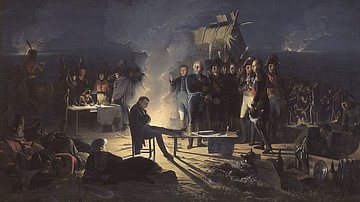
Image
Napoleon's Camp at the Battle of Wagram
Napoleon confers with his officers well into the night after the first day of the Battle of Wagram (5-6 July 1809), oil on canvas by Adolphe Roehn, 1810.
Palace of Versailles.
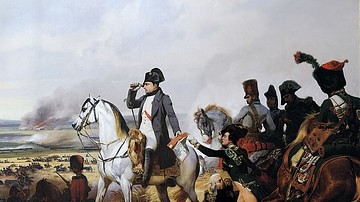
Image
Battle of Wagram
Napoleon at the Battle of Wagram, 5 and 6 July 1809. Oil on canvas painting by Horace Vernet, 1836.
Palace of Versailles.
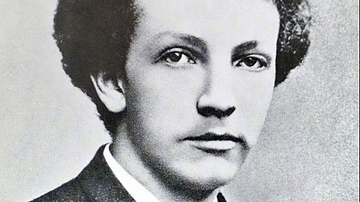
Image
Richard Strauss, 1888
An 1888 photograph of the composer Richard Strauss (1864-1949).